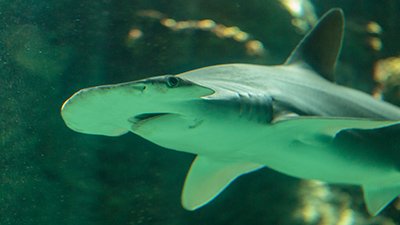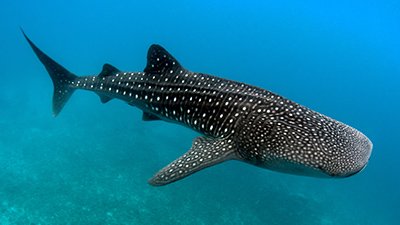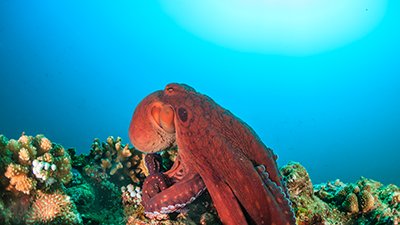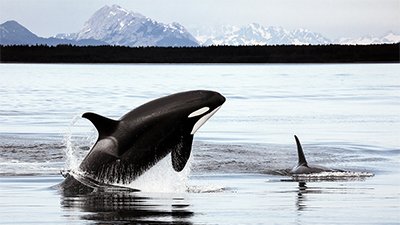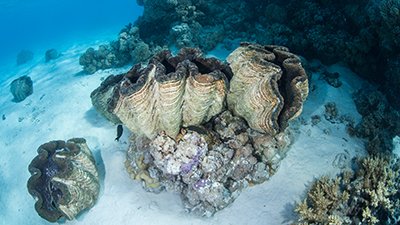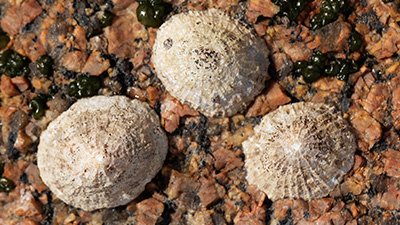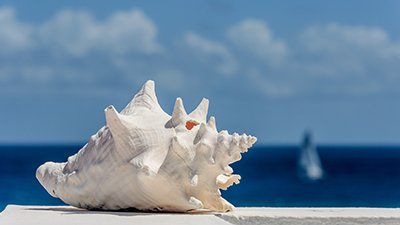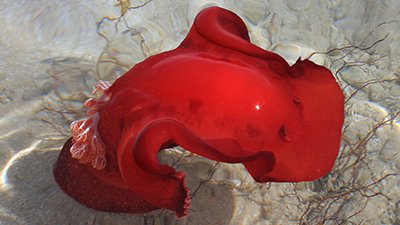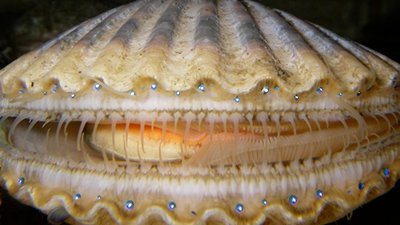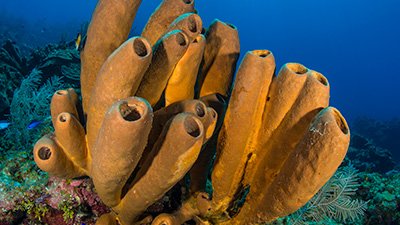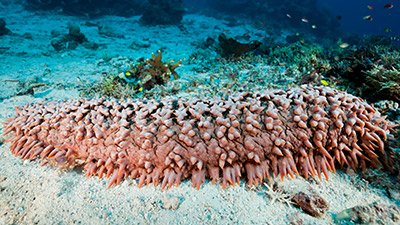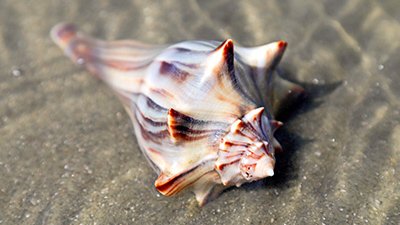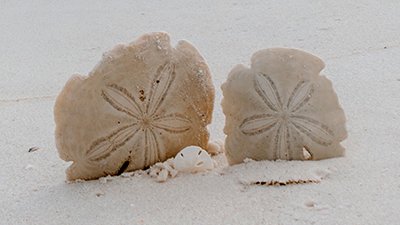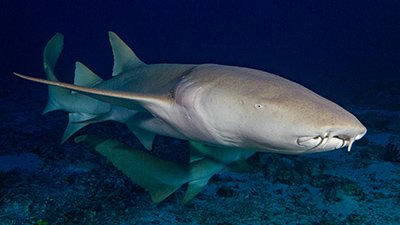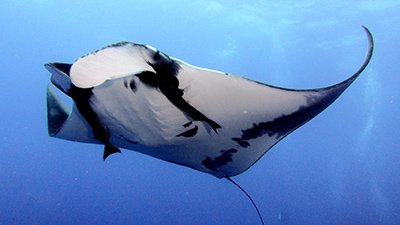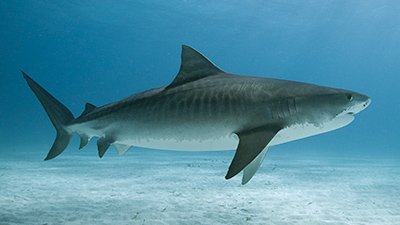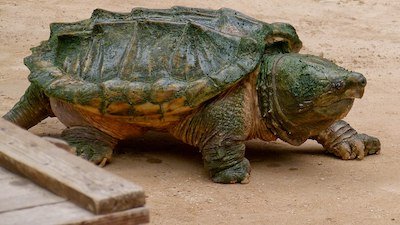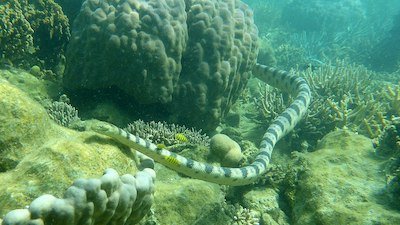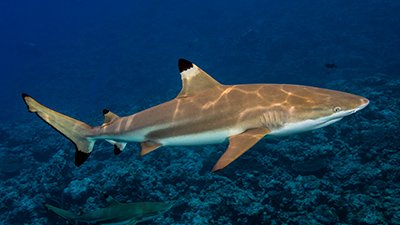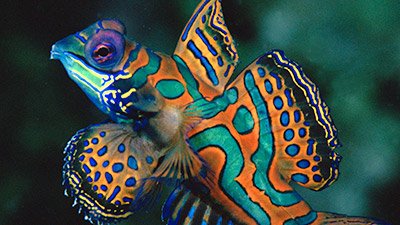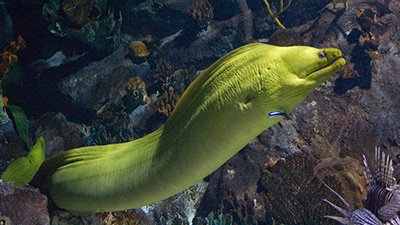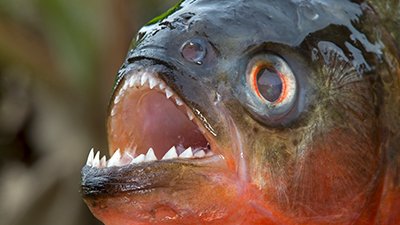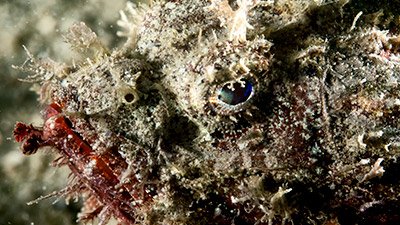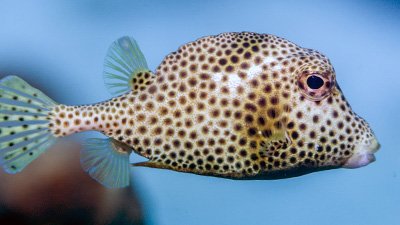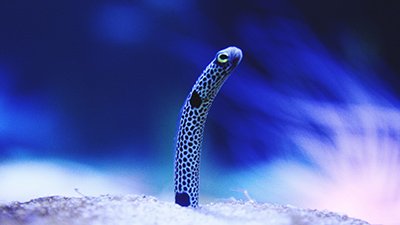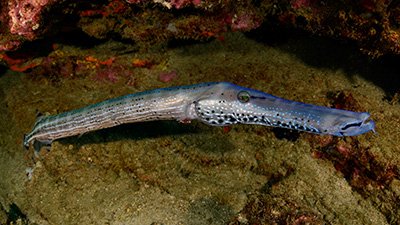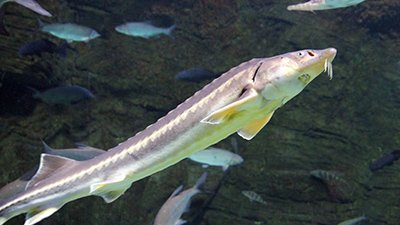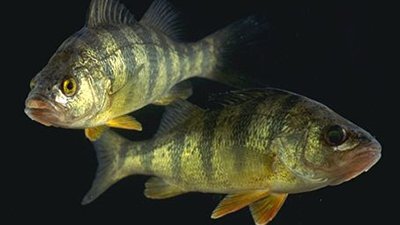Aquarium Guide
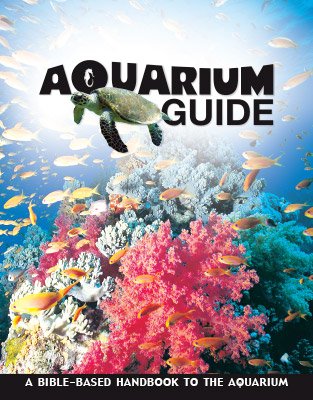
With fun facts about more than 100 animals, this long-awaited Aquarium Guide includes beautiful pictures and reveals the incredible facts and design features that point to our amazing Creator. This handy size guide is excellent for school field trips and family trips to your favorite aquarium!
Contents
-
-
Archerfish
The archerfish gets its name from its ability to shoot a precisely-aimed stream of water at its prey, which are mostly insects living on land.
-
Clown Triggerfishpp. 27–28
The clown triggerfish gets its name because of its unusual coloring and pattern. The clown triggerfish’s lips are bright orange.
-
Long Spine Porcupine Fishpp. 45–46
The long-spine porcupinefish has dark patches on its sides and back. It has long spines that protrude from all over its body, except for the fins and face.
-
Sea Dragonpp. 69–70
The sea dragon has elaborate skin filaments that hang from its head, body, and tail.
-
-
Chambered Nautiluspp. 117–118
The nautilus has an unusually long life span for a cephalopod; it may live for more than 15 years.
-
Cleaner Shrimppp. 121–122
This shrimp is known for the orange coloring along its sides and the long red stripe on its dorsal side that is bisected by a narrow, white band.
-
Cuttlefishpp. 133–134
The thick internal shell of a cuttlefish is called a cuttlebone. It is made of calcium carbonate and contains numerous gas- and/or water-filled chambers.
-
Feather Dusterpp. 135–136
The feather duster has a series of feathery tentacles on its head that it uses to filter nutrients from the water and take in oxygen.
-
Ghost Crabpp. 137–138
The ghost crab is aptly named. It is a pale, sandy color, making it almost invisible on the sand. Its black eyes are held aloft on stalks.
-
-
Sea Slugpp. 159–160
Most sea slugs are brightly colored, which may warn potential predators to stay away.
-
Squidpp. 167–168
The squid has two fins, a mantle, and a head that bears eight arms and two tentacles, each covered with suckers, which are armed with hooks or sucker rings.
-
Arctic Ternpp. 175–176
The Arctic tern has a white body with a black cap on its head, gray upper wings, back, and underparts, and a deeply forked white tail.
-
Atlantic Puffinpp. 177–178
All three species of puffins stand upright and have black and white head and body plumage. They also have brightly-colored bills, mostly yellow and orange.
-
Flamingopp. 185–186
The flamingo is known for its bright pink feathers and uniquely downcurved black-tipped bill, which is adapted to filter feeding.
-
-
Beluga Whalepp. 195–196
The beluga whale is known for its milky white skin. Young are gray or pinkish brown at birth but fade to white as they grow.
-
Bottlenose Dolphinpp. 197–198
The name “bottlenose” comes from this dolphin’s elongated upper and lower jaws that form what is called the “rostrum.”
-
Harbor Sealpp. 201–202
The harbor seal is covered by a coat of short, thick hairs. These hairs are white to black.
-
Manateepp. 205–206
The manatee is a large creature with two fore-flippers and one rear flipper that acts as a rudder when it swims. The manatee is often referred to as a sea cow.
-
-
-
-
-
-
Double-Crested Cormorant
The double-crested cormorant is designed with a hook-like tip on its bill, which helps it capture its prey underwater.
-
Glaucous-Winged Gull
The glaucous-winged gull eats mollusks that have hard outer shells by dropping them onto coastal rocks from the air to break them open.
-
Roseate Spoonbill
The roseate spoonbill feeds by wading slowly through the water, sweeping its long bill from side to side.
-
Australian Lungfish
With the Australian lungfish being limited to the waters of Queensland, Australia, how did remains of this creature get in Northern Ireland?
-
Barracuda
Originally, this creature did not eat meat; it ate plants since all animals were created vegetarians.
-
Catfish
The catfish can also secrete mucus that keeps it from drying out if it finds itself in an evaporating body of water.
-
Cleaner Fish
This fish is called a cleaner fish because it attracts larger fish to its cleaning station where the larger fish are cleaned.
-
Copper Rockfish
Unlike the salmon, which dies soon after spawning, the copper rockfish can live to reproduce year after year.
-
-
-
Guppy
The colors of different populations of guppies vary greatly depending on the number of predators.
-
Humphead Wrasse
The humphead wrasse has large, plump lips that make this fish the perfect creature to control the growth of toxic and spiny reef creatures.
-
Longhorn Cowfish
When foraging, the longhorn cowfish often blows jets of water out of its mouth at the sand surface to uncover buried prey.
-
Longnose Hawkfish
The longnose hawkfish often makes its home among flame corals, which have stinging cells called nematocysts.
-
Lookdown
The juvenile lookdown sports long filaments from its dorsal fin, which help it blend in with grasses.
- © 2024 Answers in Genesis
- Privacy Policy
- Contact
- About


